In this article, we will discuss the four main machining targets for CNC tools and their properties.
What are CNC tools designed for?
1Turning: Turning is a machining process used to create cylindrical parts. CNC turning machines use a cutting tool to remove material from a rotating workpiece. The properties of a good turning tool include high hardness, toughness, and resistance to wear and heat.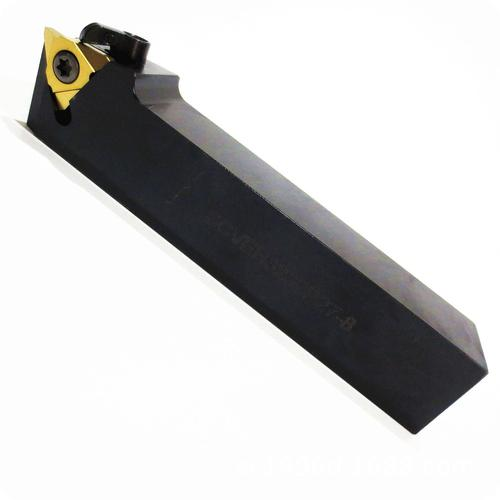
2Milling: Milling is a process that involves removing material from a workpiece using a rotating cutter. CNC milling machines are used to produce flat and complex shapes. The properties of a good milling tool include high rigidity, sharpness, and resistance to wear and heat. Meetyou carbide?is dedicated to producing high-quality fraises en carbure, and our customers can freely request a quote and place orders on our website.
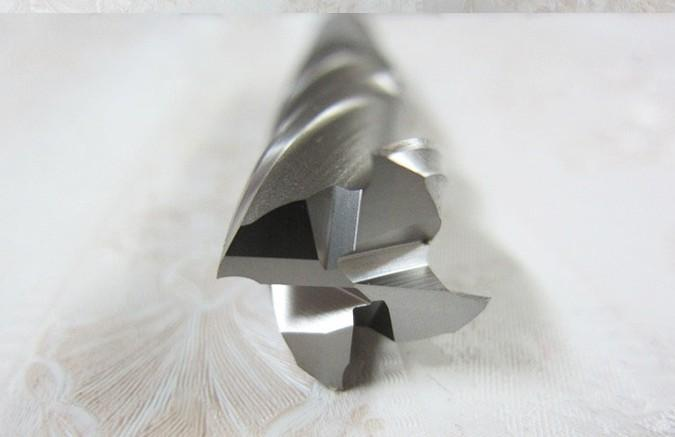
3Drilling: Drilling is a process used to create holes in a workpiece. CNC drilling machines use a rotating cutting tool to remove material. The properties of a good drilling tool include high toughness, sharpness, and resistance to wear and heat.
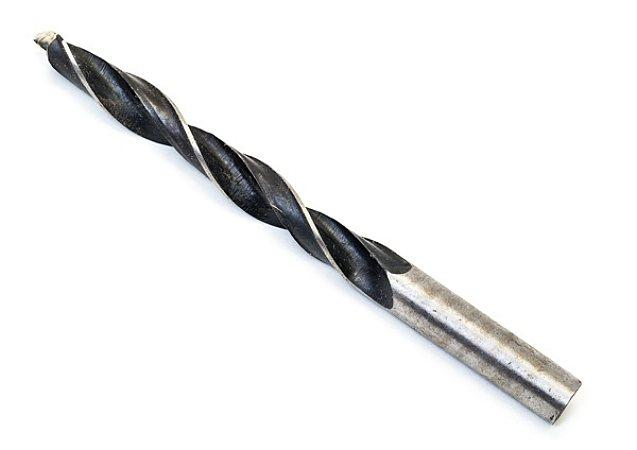
4Grinding: Grinding is a machining process used to produce smooth surfaces and tight tolerances. CNC grinding machines use abrasive wheels to remove material from a workpiece. The properties of a good grinding tool include high hardness, toughness, and resistance to wear and heat.

Main machining object types of CNC tools
1Box parts:
Box parts generally refer to parts with multiple hole systems, internal cavities and a certain proportion of length, width and height. Such parts are mostly used in machine tool, automobile, aircraft manufacturing and other industries. Box parts generally need multi station hole making and plane processing, with high tolerance requirements, especially the form and position tolerance requirements are relatively strict, and usually go through milling, drilling, expanding, boring, reaming, countersinking, tapping and other processes, requiring more cutters. For machining centers processing box parts, horizontal boring and milling machining centers are generally selected when there are many machining stations and the parts can only be completed by multiple rotations of the workbench.
2Complex surface parts:
Complex surfaces play an important role in mechanical manufacturing, especially in aerospace industry. It is difficult or even impossible to complete complex surfaces with ordinary machining methods. In China, the traditional method is precision casting, which can be imagined that its precision is low. Complex curved surface parts, such as various impellers, wind deflectors, spherical surfaces, various curved surface forming molds, propellers and underwater vehicle propellers, and other free-form surfaces.
3Special shaped parts and accessories
Irregular shaped parts are parts with irregular shape, and most of them require multi station mixed processing of points, lines and surfaces. The rigidity of special-shaped parts is generally poor, the clamping deformation is difficult to control, the machining accuracy is difficult to ensure, and even some parts of some parts are difficult to complete with ordinary machine tools. When machining with the machining center, reasonable process measures shall be taken to complete multiple processes or all processes by using the characteristics of multi station point, line and surface mixed processing of the machining center.
4Disc, sleeve and plate parts:
Vertical machining center shall be selected for the disc parts with keyway, or radial hole, or distributed hole system on the end face, curved disc sleeve or shaft parts, such as flange shaft sleeve, keyway or square head shaft parts, as well as porous machined plate parts, such as the disc parts with distributed holes and curved surfaces on the end face of various motors, while the horizontal machining center with radial holes shall be selected.
Physical property matching between CNC tool material and machining object
Tools with different physical properties, such as high-speed steel tools with high thermal conductivity and low melting point, ceramic tools with high melting point and low thermal expansion, diamond tools with high thermal conductivity and low thermal expansion, are suitable for processing different workpiece materials. When machining workpieces with poor thermal conductivity, cutting tool materials with good thermal conductivity should be used, so that cutting heat can be quickly transmitted and cutting temperature can be reduced. Due to the high thermal conductivity and thermal diffusivity of diamond, the cutting heat is easy to dissipate and will not produce great thermal deformation, which is particularly important for precision machining tools with high dimensional accuracy requirements.
① Heat resistant temperature of various cutting tool materials: 700 ~ 800 ℃ for diamond cutting tools; The PCBN tool is 1300 ~ 1500 ℃; The ceramic cutting tool is 1100 ~ 1200 ℃; TiC (n) based cemented carbide is 900 ~ 1100 ℃; The WC based ultrafine grain cemented carbide is 800 ~ 900 ℃; HSS is 600 ~ 700 ℃.
② The order of thermal conductivity of various tool materials: pcd>pcbn>wc based cemented carbide >tic (n) based cemented carbide >hss>si3n4 based ceramics >a1203 based ceramics.
③ The order of thermal expansion coefficient of various tool materials is as follows: hss>wc based cemented carbide >tic (n) > A1203 based ceramics >pcbn>si3n4 based ceramics >pcd.
④ The order of thermal shock resistance of various tool materials is hss>wc based cemented carbide >si3n4 based ceramics >pcbn>pcd>tic (n) based cemented carbide >a1203 based ceramics.
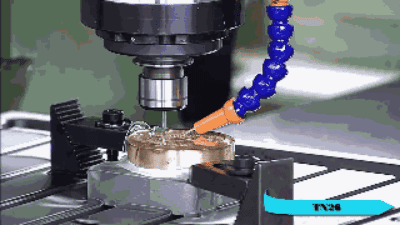
Chemical property matching between cutting tool material and machining object
The chemical property matching problem between cutting tool material and machining object mainly refers to the matching of chemical property parameters such as chemical affinity, chemical reaction, diffusion and dissolution between cutting tool material and workpiece material. Different cutting tools with different materials are suitable for processing different workpiece materials.
① The anti bonding temperature of various tool materials (with steel):pcbn> ceramics > cemented carbide >hss.
② Oxidation resistance temperature of various cutting tool materials: ceramics >pcbn> cemented carbide > diamond >hss.
③ The diffusion strength of three cutting tool materials: for steel, diamond >si3n4 based ceramics >pcbn>a1203 based ceramics; For titanium, A1203 based ceramics >pcbn>sic>si3n4> diamond.
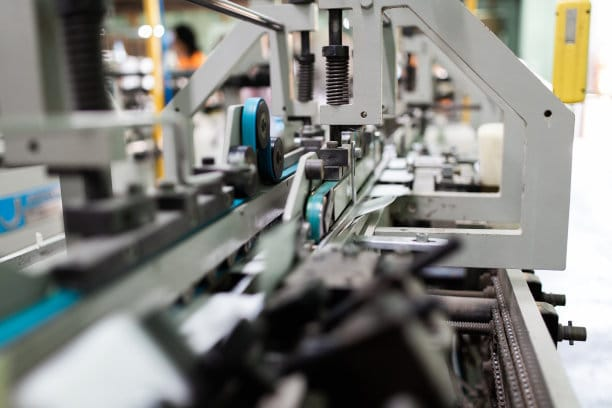
Selection of CNC tool materials
Hardness and abrasion resistance
The hardness of the tool material must be higher than that of the workpiece material, which is generally above 60HRC. In general, the higher the hardness of the tool material, the better the wear resistance.
Strength and toughness
The cutting part of the tool should bear great cutting force and impact force. Therefore, the tool material should have high strength and toughness to bear cutting force, impact and vibration and prevent brittle fracture and edge collapse of the tool.
Heat resistance and thermal conductivity
The tool can still maintain its hardness and strength at high temperature. The better the heat resistance is, the stronger the ability of the tool to resist plastic deformation and wear at high temperature is; The better the thermal conductivity is, the easier the heat generated during cutting is to be transmitted out, so as to reduce the temperature of the cutting part and reduce tool wear.
In conclusion, CNC tools are versatile and can be used for a wide range of machining operations. The properties of a good CNC tool depend on the machining target and the material being machined. High hardness, toughness, sharpness, and resistance to wear and heat are key properties for CNC tools. By understanding these properties, manufacturers can choose the right tool for their specific machining needs.







